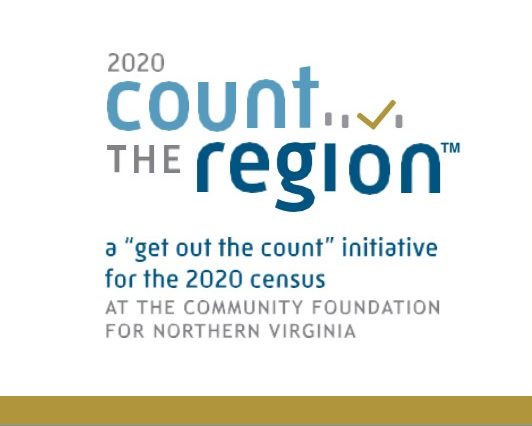Few people think about the U.S. Census or how it is implemented even though we use Census data on a daily basis. It provides information to make decisions related to health, education, housing, transportation, economic development and other essential areas. Every state and local government in the United States relies on Census data to project and plan for how to best serve its residents.
Perhaps more significantly, U.S. Census data serves as the basis for geographically distributing more than $900 billion annually to support essential functions, programs and services. According to research from the George Washington Institute of Public Policy, the FY 2016 allocation of funds to the District of Columbia, Maryland and Virginia that was determined or guided by Census data was more than $40 billion. An under-count of residents in the Metropolitan Washington region would significantly impact federal funding for public schools, emergency services, transportation, Medicaid, Children’s Health Insurance Programs, WIC, nutritional programs for the elderly and many other essential programs over the next ten years.
If that is not reason enough to think about the upcoming Census, consider its impact on governance. U.S. Census data determines Congressional representation and the number of Electoral College delegates assigned to each state. In order to ensure that the DMV receives it fair share of federal funding and appropriately apportioned representation, we must obtain a complete and accurate count of all people living in the region. Although the U.S. Census Bureau is responsible for conducting the decennial census, each state, county and community must assist to ensure a complete and accurate count.
The 2020 Census poses some unique challenges including limited funding for outreach, the increased reliance on digital data collection and high levels of government distrust. These factors alone could result in a significant under-count of residents nationally. In the DMV, this is compounded by historical undercounts of certain communities including communities of color, foreign-born residents, families with young children, older adults, lower-income renters and transient populations like college students.
Although the Census will not be conducted until April 2020, all sectors in every community need to mobilize now. Each County has a Complete Count Committee that will serve as a resource and work with community partners to ensure a complete count. Additional information and fact sheets for each County can be found here.






